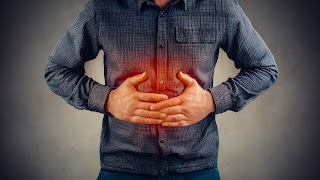Liver Tumors: Detecting, Treating, and Managing
The liver, a vital organ, can be affected by tumors that can either originate within it (primary) or spread from other parts of the body (secondary or metastatic). Dr. Rahul Raghavapuram, a renowned gastroenterologist at IRA Clinic in Meerpet, specializes in diagnosing and managing liver tumors. Understanding Liver Tumors Liver tumors can manifest with various symptoms, including abdominal pain, loss of appetite, weight loss, fatigue, and jaundice. However, it’s crucial to note that these symptoms can also be indicative of other conditions. Hence, timely medical evaluation is essential. Types of Liver Tumors Primary Liver Cancer: Arises from liver cells, with hepatocellular carcinoma (HCC) being the most common type. Secondary Liver Cancer: Cancer that has spread to the liver from another part of the body. Diagnosis and Treatment At IRA Clinic, Dr. Rahul Raghavapuram employs advanced diagnostic techniques like imaging studies, blood tests, and biopsies to accurately identify li...




